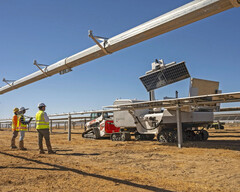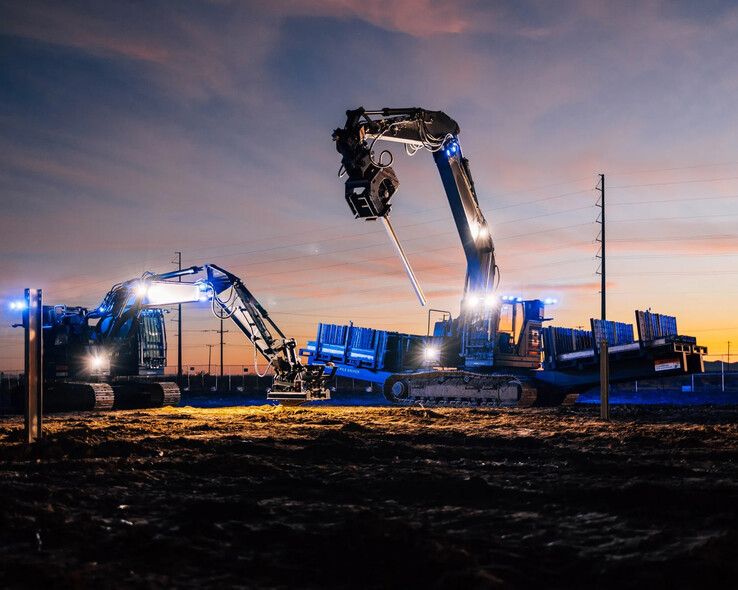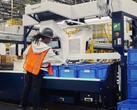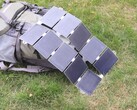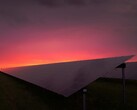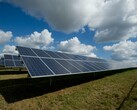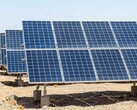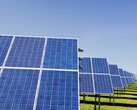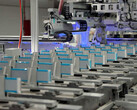A new trend is emerging in the solar industry: the use of robots to automate the construction of solar farms. Companies such as Planted Solar, which has already received $20 million in funding from Bill Gates, and Built Robotics are developing robots to carry out various tasks in the construction of solar farms, from preparing the ground to installing the modules.
Turbulence in the solar industry, such as high interest rates and tighter project financing, has led to more than 100 insolvencies this year in sunny California, for example, according to Solar Insure, which provides insurance for solar installations in the USA.
As a result, some start-ups see robots as indispensable for increasing efficiency. In some cases, they work faster and more accurately than humans, resulting in shorter construction times. AES, for example, claims that its robots can build solar farms twice as fast and at half the cost. The managing director of Planted Solar, Eric Brown, even speaks of a two-thirds reduction in construction time.
In addition, according to Brown, robot-assisted construction would require around 60 per cent less space for solar plants and save on labour. Another key reason for the planned use of robots in the solar industry is the current labour shortage. Robots can take over tasks for which it is becoming increasingly difficult to find qualified workers:
We want to automate to save money. The labor shortage will just force it faster.
- Evan Riley, Managing Partner of White Pine Renewables, a solar project developer based in San Francisco
Challenges of using robots to build solar farms
However, the cost of acquiring and operating robots is still high, and the acceptance of industrial robots in the construction industry needs to be increased for mass use. There is also a need for a clear regulatory framework for their use in the construction industry. In addition, many tasks cannot yet be performed by robots.
For example, the robots built are not yet able to pick up heavy steel girders, and working on rocky ground is not easy. There are also challenges in terms of flexibility, such as adapting to different terrain shapes and construction plans. The automation of solar construction is therefore still in its infancy and remains a niche product:
It’s off the charts compared to other markets in terms of the scale, the repetitiveness of the work and the appetite from the customers.
- Noah Ready-Campbell, CEO of Built




